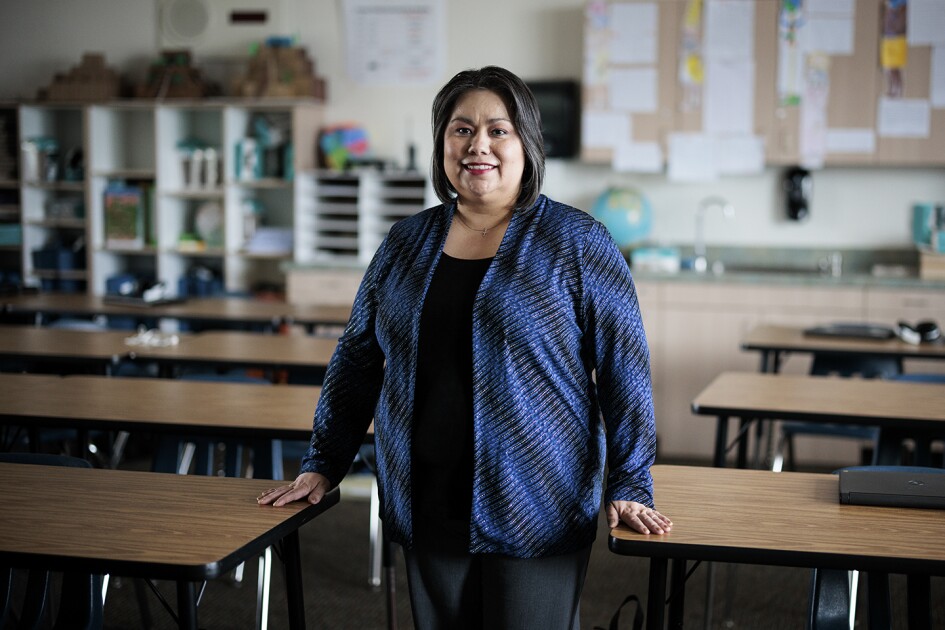The average high school graduate in 2019 earned more course credits, had higher average grades, and was more likely to complete at least a moderately rigorous course of study than any graduating class in nearly three decades, according to a new federal transcript study.
But these improvements did not lead to higher scores on the National Assessment of Educational Progress, or NAEP, said Peggy Carr, the commissioner of the National Center for Education Statistics, which conducted the study.
The average graduate in 2019 earned 28.1 credits and had a 3.11 GPA, up from 27.2 credits and a 3.0 GPA for the average graduate a decade before, when NCES conducted the last transcript study. (Those GPAs in both years would be considered Bs.)
Carr said students earned their credits and grades in more-challenging classes, too. More than half of 2019 graduates had taken a slate of courses characterized by researchers as moderately rigorous, up from 47 percent in 2009. Moreover, students improved their grades in both college-prep courses like algebra or physics and in career-technical classes.
While students of all ethnic groups improved their performance overall, differences in course-taking and grades haven’t changed much in the last decade or more. More than 1 in 4 Asian students took the most-rigorous curriculum, compared to 13 percent of White students, 10 percent of Hispanic students, and 5 percent of Black students.
Asian and white students in 2019 earned GPAs of 3.39 and 3.23, respectively; both groups have maintained at least B averages since the class of 2000. Their Black and Hispanic peers respectively earned on average 2.83 and 2.95 GPAs (considered Cs) in 2019, up from 2.69 and 2.83 a decade before.
Course quality may be mixed
However, 12th grade NAEP performance fell precipitously in math over the last decade, even for students taking midlevel or rigorous courses of study. Only 2019 graduates who took math classes up to calculus performed on par on NAEP math with their 2009 peers. Scores of Black students who took calculus rose from 165 to 177 during that time, as did their numbers.
While the transcript study did not look at what could be causing the gap between students’ grades and performance, Carr noted that an earlier NCES study found gaps in course content. “We took a look at what was actually being taught in these courses labeled as Algebra II or Algebra I or Geometry,” Carr said, “and what we found is that the titles and what was being advertised by the schools as an advanced course in these areas really did not pan out when we actually looked at what was being taught.”
Course-taking trends are worth noting because prior research suggests that students’ high school course of study and grades can be better predictors than test scores of students’ high school graduation and later, college success. In one study released in January, David Marshall, an assistant professor of education research at Auburn University, found that earning a D or F in core classes like English was a warning sign of high school dropout or failure risk as early as the first semester of 8th grade.
While the results presented this week offer the most-recent national transcript data available, they predate the pandemic. Carr said future studies will look at whether the rise of online and dual-credit courses during the pandemic has changed which classes high school students choose.








